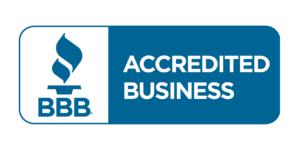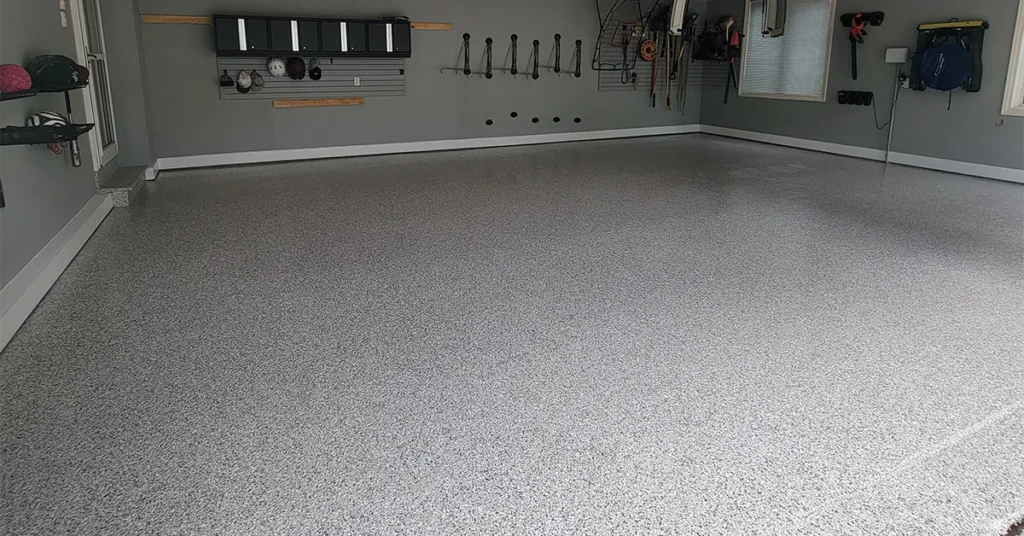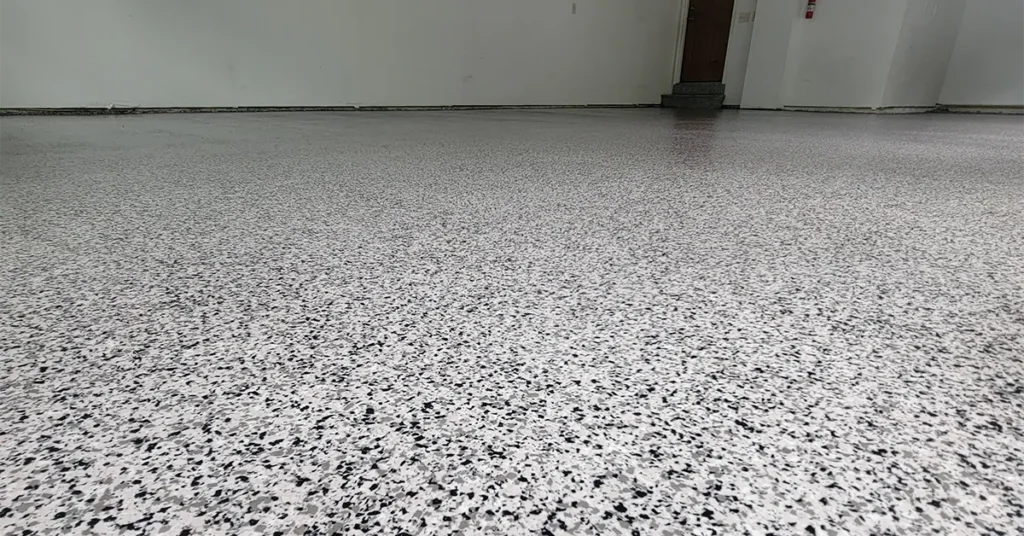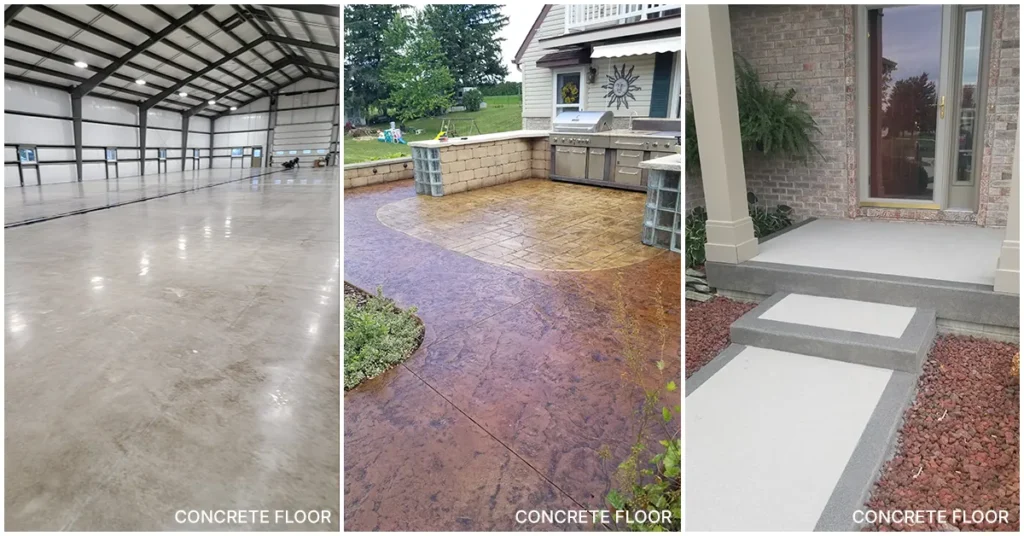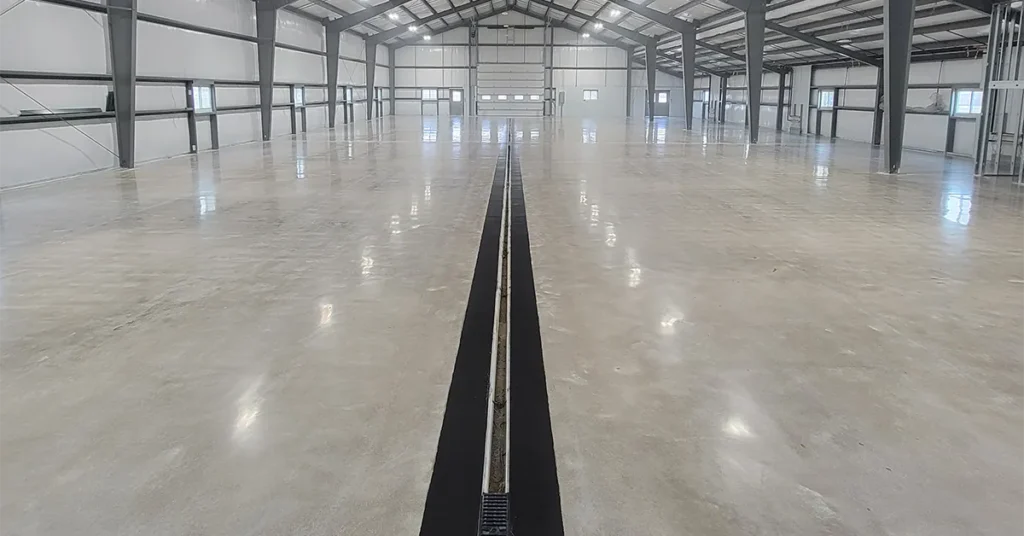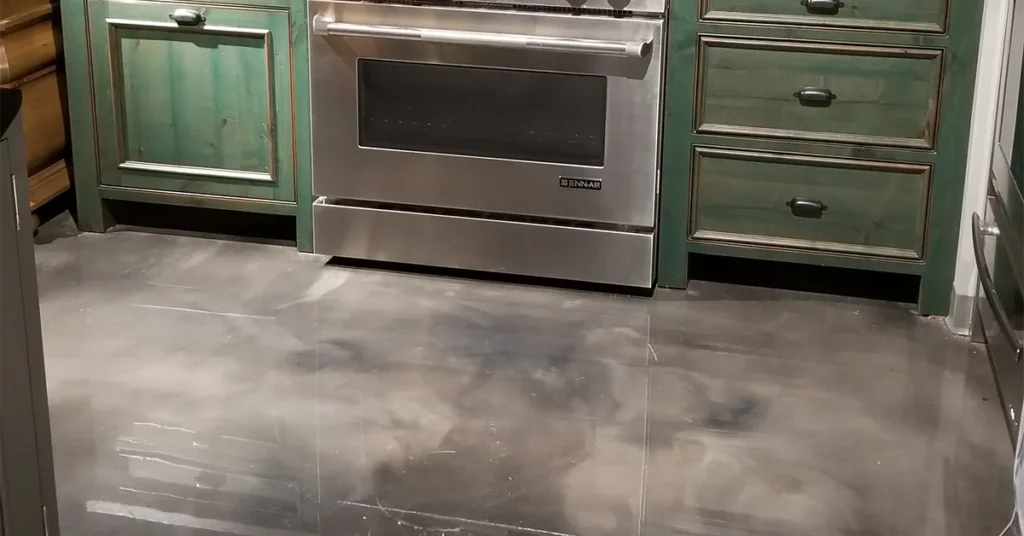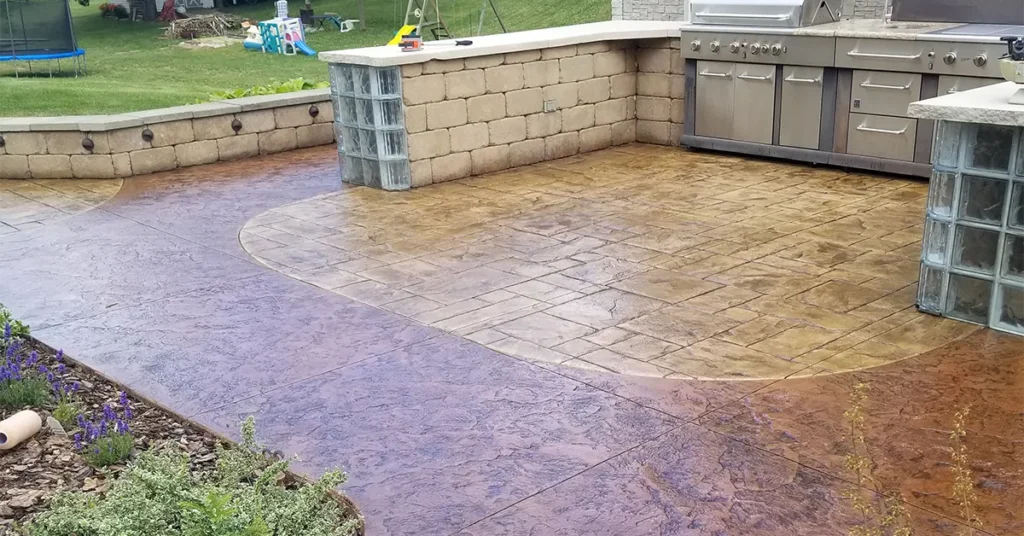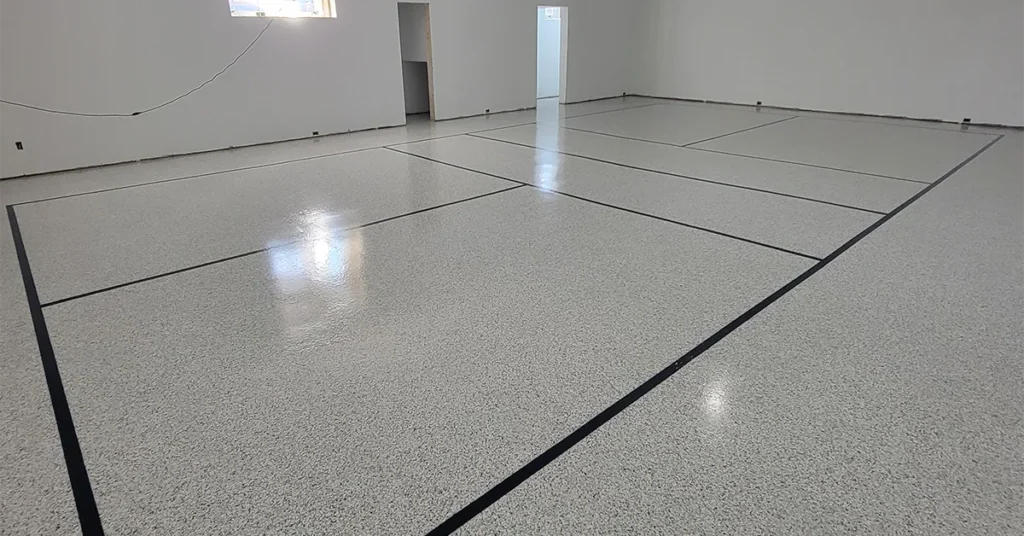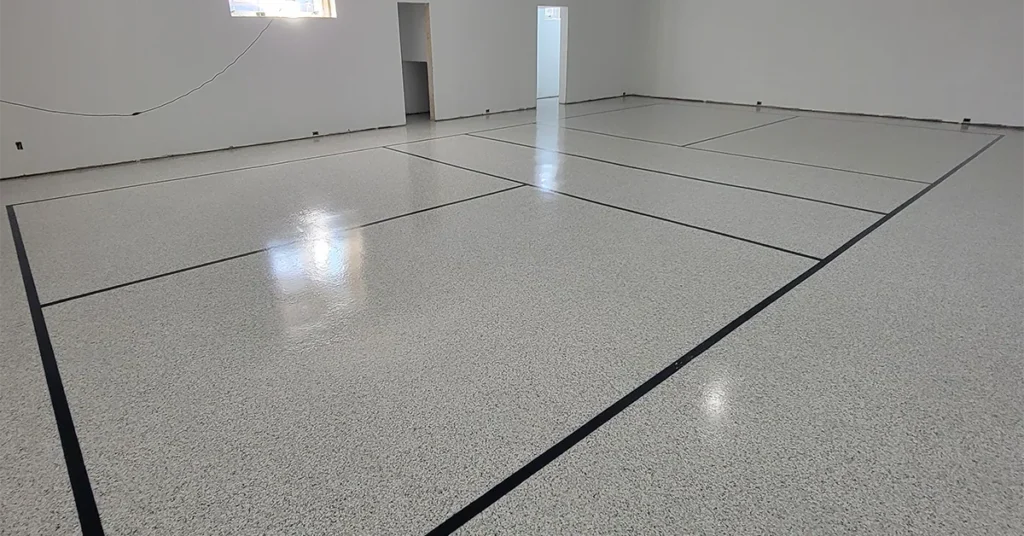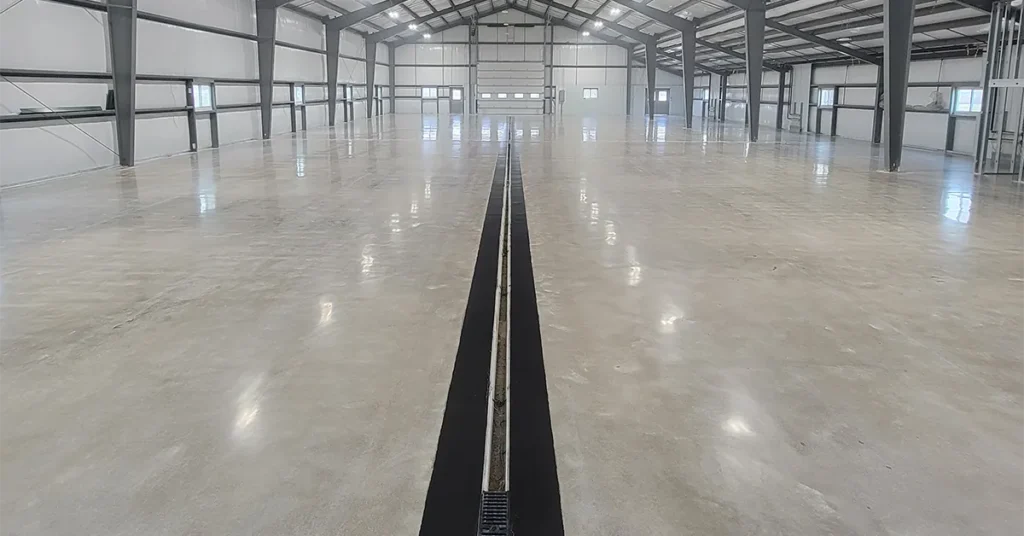How to Clean Your Epoxy Garage Floors Like a Pro: Remove Oil Stains, Dirt & Grime
Your epoxy garage floor is more than just a coating; it’s an investment that makes your garage look amazing and work better. But just like any valuable surface in your home, it needs proper care to stay looking its best. Whether you’re dealing with oil stains, everyday dirt, or just want to keep that showroom shine, learning how to clean your garage floor properly will keep it beautiful for years to come. Don’t worry if you think floor maintenance is complicated. Cleaning epoxy floors is actually easier than you might expect. With the right techniques and simple supplies you already have at home, you can tackle any mess and keep your garage floor looking brand new. Why Clean Garage Floors Need Regular Attention Your garage sees a lot of action. Cars drip oil, tools get dropped, kids track in mud, and snow melts off vehicles in winter. Even the toughest epoxy coating can start looking dull without regular cleaning. The good news? Epoxy floors are naturally stain-resistant and easy to clean. The smooth, non-porous surface doesn’t absorb spills like bare concrete does. This means most messes sit on top, where you can easily wipe them away if you act quickly. Regular cleaning also protects your investment. Professional installers recommend washing the entire floor every three to four months or as needed if your garage is exceptionally busy. This simple routine prevents dirt from building up and keeps your floor’s protective coating in perfect condition. The Best Cleaning Solutions for Epoxy Floors Not all cleaners are created equal when it comes to epoxy floors. Avoid cleaners with citrus, acidic, or vinegar solutions, as these tend to dull the shine. Top Choice: Ammonia Solution. The cleaning solution that works best for epoxy and other garage floor coatings is ammonia. Use ½ cup of ammonia to one gallon of hot water in a bucket. This creates a powerful cleaning solution that cuts through grease and grime without damaging your floor’s finish. Other Effective Options: Warm water with a few drops of dish soap Commercial pH-neutral floor cleaners Simple Green diluted according to package directions What to Avoid: Bleach-based cleaners Citrus cleaners Acidic solutions like vinegar Abrasive cleaners or scrubbers How to Remove Oil Stains from Your Epoxy Garage Floor Oil stains are probably the biggest challenge garage floors face. The key is acting fast, but even old stains can often be removed with the right approach. Fresh Oil Spills You must remember that you should never let the chemicals sit on the floor too long. Here’s what to do: Absorb the spill: Use paper towels or shop rags to soak up as much oil as possible. Apply dish soap: Squeeze a generous amount directly on the stain. Scrub gently: Use a soft brush or scrubbing sponge with warm water. Rinse thoroughly: Remove all soap residue with clean water. Dry completely: Use towels or let air dry. Stubborn or Old Oil Stains For tougher stains that have been sitting longer, you need a stronger approach. Mix up a solution of ammonia and water for large stains that have been sitting for a while. The correct recipe is 4 or 5 ounces of ammonia per gallon of water. Step-by-Step Process: Mix the ammonia solution in a bucket. Apply the stain and let it sit for 15-20 minutes. Use warm water and a kitchen scrubbing sponge or soft deck brush to remove the stain. Be sure to scrub lightly to see the best results. Rinse thoroughly with clean water. Repeat if necessary Alternative Methods for Tough Stains If the ammonia solution doesn’t work, try these methods: Powdered Laundry Detergent: Grab some powdered laundry detergent, create a soapy mixture with warm water, and scrub the stain with this paste. Heavy-Duty Cleaners: Trisodium phosphate (TSP) or a heavy-duty phosphate-free cleaner will do the trick. Dilute the cleaner in a gallon of hot water, pour it onto the oil stain, and soak for 20 to 30 minutes. Commercial Degreasers: Try misting the floor with water, then spraying on a cleaner such as Simple Green or Super Clean. Scrub well with a long-handled brush, then rinse well. Tackling Other Common Garage Floor Stains Tire Marks These black scuff marks are common but easy to remove. Use the ammonia solution and scrub with a soft brush. The marks should lift right off. Salt Stains (Winter Road Salt) Winter road salt can leave white, chalky residues. Regular mopping with warm water usually removes these, but stubborn stains may need the ammonia solution. Grease and Grime Heavy grease buildup responds well to dish soap or degreasing cleaners. Apply, let sit for a few minutes, then scrub and rinse. Paint Drips Small paint spills often peel off once dry. For liquid paint, absorb immediately and clean with soap and water. Tools You’ll Need for Effective Floor Cleaning Having the right tools makes cleaning much easier and more effective: Essential Cleaning Tools: Microfiber mop (better than traditional string mops) Soft-bristled brush or scrubbing sponge Squeegee for quick drying Bucket for mixing solutions Paper towels or shop rags Rubber gloves for protection Nice-to-Have Tools: A bi-weekly deep cleaning that uses a mechanical advantage, such as a power washer or rotary scrubber, can provide exceptional results Leaf blower for quick debris removal pH test strips to check cleaning solutions How Often Should You Clean Your Epoxy Garage Floor? The frequency depends on how much your garage gets used, but here’s a general schedule: Daily: Quick sweep and immediate spill cleanup Weekly: Thorough mopping with cleaning solution Monthly: Wash the entire floor every three to four months or as needed if your garage is exceptionally busy Seasonally: Deep clean and inspect for any damage or wear Protecting Your Investment: Prevention Tips Maintaining epoxy garage floors involves regular cleaning and preventative measures to protect the coating. Smart prevention saves you time and keeps your floor looking great: Smart Prevention Strategies: Place drip pans under vehicles with known leaks Use floor mats in high-traffic areas Keep a small broom
How to Clean Your Epoxy Garage Floors Like a Pro: Remove Oil Stains, Dirt & Grime Read More »

